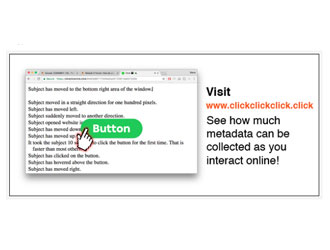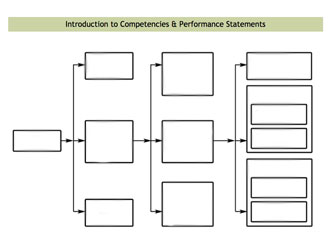Rich Media: Redefined for Teaching & Learning Online
If you were to Google “rich media”, you would find results related to multimedia used in advertising, with no top-level results related to its use in online instruction. Yet, rich media offers affordances that are useful in addressing the communication challenges inherent to online education.
In the Rich Media Playbook, we redefine rich media in a way that useful for thinking about online course design and development.
Rich media is a set of systems and resources with unique capabilities to convey information beyond the affordances of text alone.
- Multimedia is text, audio, still images, animated images, and sometimes interactive programming presented simultaneously. A simple example would be an interactive online animated video with spoken narration that describes how lightning strikes. Multimedia has optimal characteristics to stimulate sensory experiences and cognitive activity analogous to real world experiences and phenomena, which are used as a cognitive guide for forming mental models.
- Social Media provides users access to and connections with communities, organizations, and individuals fostering encounters with multiple perspectives of knowledge.
- Web-based Tools are cloud-based tools used to access information, organize it, collaborate with others, manage projects, share resources, create and publish media.
Why redefine Rich Media?
Face-to-face instructors are able to rely upon realtime feedback to determine if their methods of communicating information to students is effective. Online instructors, however, are at a disadvantage since they cannot be present with learners as they engage with information. Teaching and learning in the asynchronous online mode is fraught with potential communication pathologies.
We redefine rich media for use in online instruction to fulfill a fundamental desire to make it easier for information to be understood. For example, how do online instructors…
- present complex sensory, causal, situational, interpersonal, or spatial information for learners to form mental models?
- facilitate multiple perspectives on a topic from a variety of sources?
- provide learners with opportunities to create, organize, or present meaningful information?
Rich media can be employed to serve these needs.
This is not to suggest that rich media is better than text-based media or that text-based media should be discarded. Rather, rich media is intended to be a complementary element among several instructional communication methods that will enable learners to apprehend instructional challenges.
Rich media are useful simply because of their inherent advantages to convey information in ways that text media alone cannot. From the online learner’s perspective, courses must offer the forms of communication that best support the formation of meaning, mental models, and interpersonal connections.
Where do we begin?
It is fair to say that higher education is currently living the transition from being an institution rooted solely in ground-based teaching to a combination of F2F and online.
Instructional designers and academic administrators may find the Rich Media Playbook to be a useful starting point to build a case for integrating rich media into an online course design and development life cycle.
Using rich media should be included it as part of the normal faculty on-boarding conversation.


